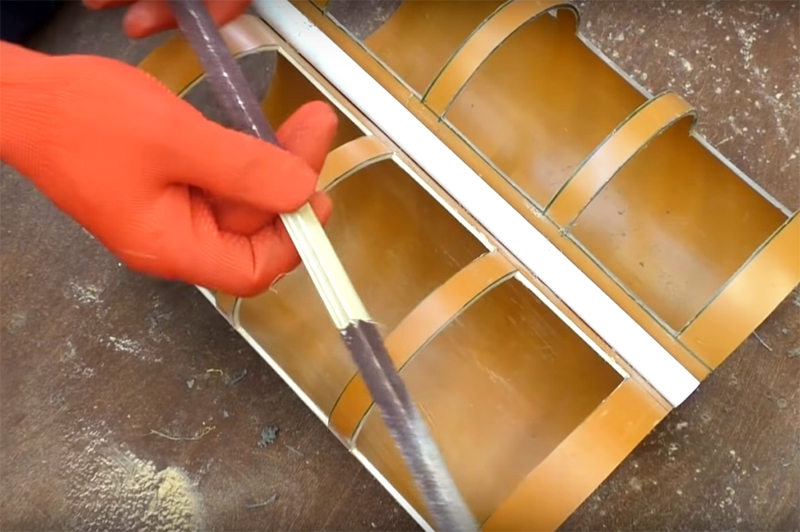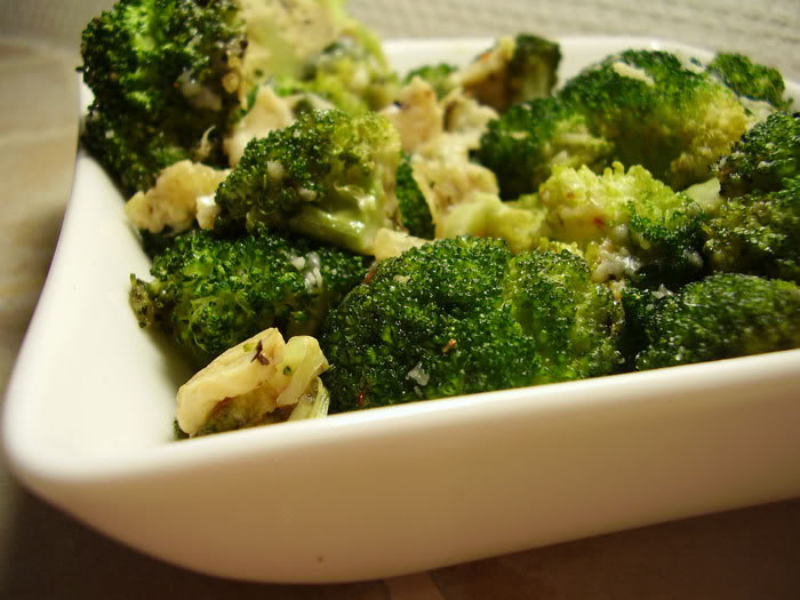It just so happened in our country that our winters are frosty, autumn is rainy and windy, and even in summer there is nowhere to get away from the omnipresent drafts. The dream of every owner who has balcony or loggia, to create a real oasis or recreation area on this seemingly unsightly territory. The only question is how correctly and accurately calculate material consumptionto plan your expenses and not overpay. Especially for our readers, the HouseChief.ru editors have developed a convenient and intuitive calculator that will help home craftsmen without special training to accurately calculate the required thickness of insulation for the balcony or loggias.

Calculator for calculating the thickness of the insulation of a loggia or balcony
Explanations for the calculation
Before getting down to business, study the design and material used for all elements. balcony and their condition. In some cases, it will be necessary to dismantle them. This is especially true of fences made of PVC constructions and metal.
Follow the prompts in the fields to work with the calculator. Pay attention to the dimension. After filling in all the data, click - "Calculate the thickness of insulation".
The calculator takes into account a large assortment of popular heaters:
- Styrofoam;
- expanded polystyrene (Penoplex);
- liquid polyurethane foam;
- basalt-based cotton wool;
- glass wool;
- ecowool;
- dry expanded clay;
The data should be calculated separately:
- for fences and walls;
- ceiling and slabs floor;
For correct results, it is important to indicate the value of the required heat transfer resistance. These coefficients are determined according to a special map-scheme of climatic regions of Russia and depending on type of insulated structure (for floor and ceiling - see blue numbers, for walls or parapet - purple).

Here is a formula for calculating the thermal resistance of materials based on the characteristics of your region. In general terms, the formula looks like this:
R = δ / λ, where
δ- thickness of the material used, m;
λ - coefficient thermal conductivity of the material, W / m × K.
However, in our case, all calculations will be carried out automatically, you just need to indicate the indicator required for your locality.
The result will be slightly different with different options for the location of the structure in relation to other rooms of the house and load-bearing walls:
- the structure is not in contact with any adjacent balconies, or is adjacent to an uninsulated adjacent balcony;
- the structure is located close to the adjacent insulated loggia;
- the balcony is "recessed" and is located in a niche with a heated room.
It should be noted that some coatings can create a "thermos" effect. These include, for example, materials such as penofol. In this case, only due to this material alone, it is possible to significantly increase the thermal insulation characteristics of the balcony, and, consequently, save on finishing. It is better to carry out the calculation with him and without him, and only then decide what will be the best option in your case.
Also, the final result can be influenced by the presence of additional finishing materials that will take part of the "work" on themselves.
Note! In the absence of a capital structure, the wall thickness must be specified with the "0" parameter.
What material to choose: recommendations of the HouseChief.ru editors
When the question arises, what insulate a loggia or balcony the non-specialist will most likely say that it is cheaper. But our editorial staff tries to preach a professional approach, so we recommend adhering to the following rules:
- Rule one. Don't skimp on materials. Otherwise, you will have to pay for work and for dismantling. Accordingly, the benefit here is very conditional.
- Second rule. Choose modern materials. They are lighter and have increased wear-resistant characteristics. For example, penofol is perfect for internal insulation of a balcony. This building material keeps heat well and creates a heat bath effect. Among other advantages, it is quite thin, which is just what you need to save space.
- Third rule. If you need a durable material with high soundproof and anti-vandal properties (for example, your balcony is located on the ground floor), then opt for polyurethane foam. This material does not burn, retains heat, environmentally friendly. However, the fill format is not suitable for everyone - it is foamed. If you are more comfortable working with classic materials, take Isover Bay. It has excellent thermal insulation and soundproof characteristics.
- Fourth rule. For outdoor decoration use thermally stable and fireproof materials. This insulation option has its pros and cons. Among the advantages - you save space, the "dew point" is carried to the outer surface of the enclosing structures, and accordingly the risk of mold and mildew is reduced. On the other side, exterior decoration must be agreed with the tenants, for such work it is necessary to obtain permission from the architectural and construction commission under the municipality.
If you have experience in the insulation of balcony structures, then you are welcome in the comments. Many of our readers will be interested in reading the practical recommendations of "experienced" masters.



